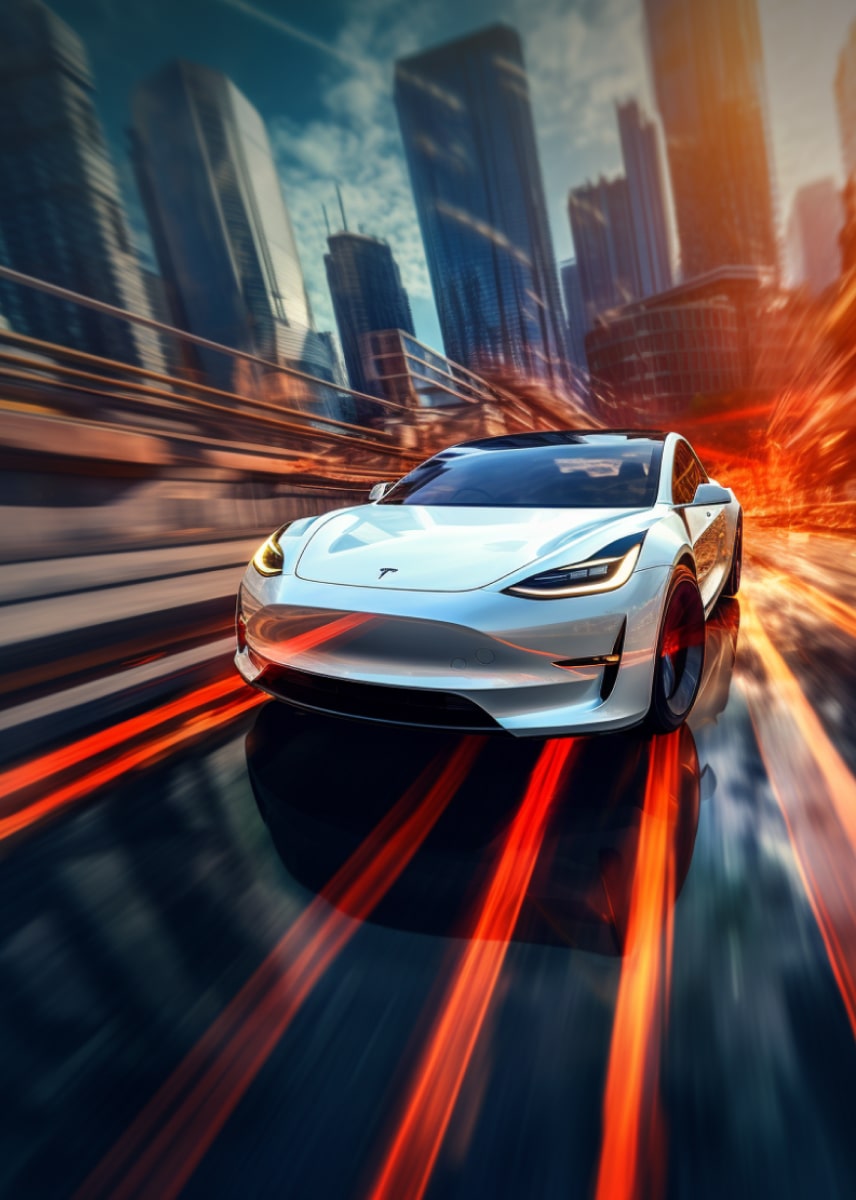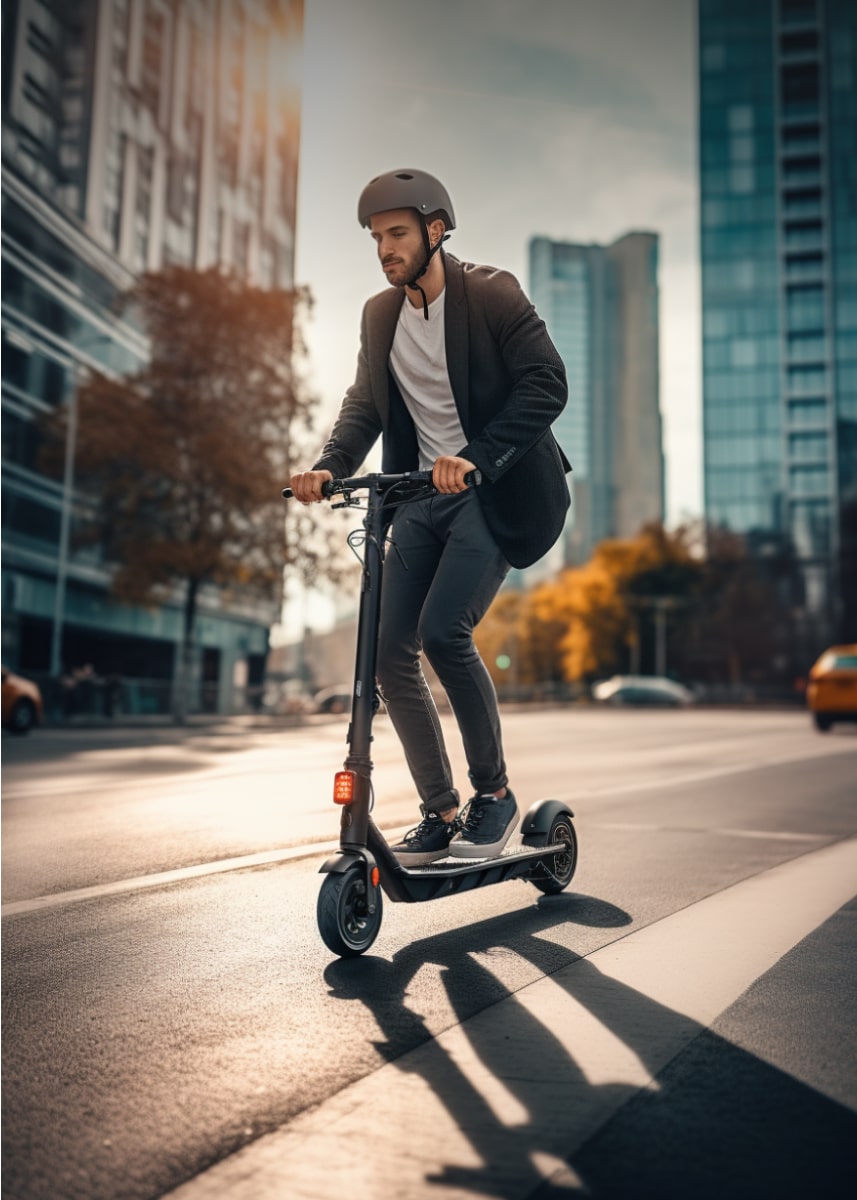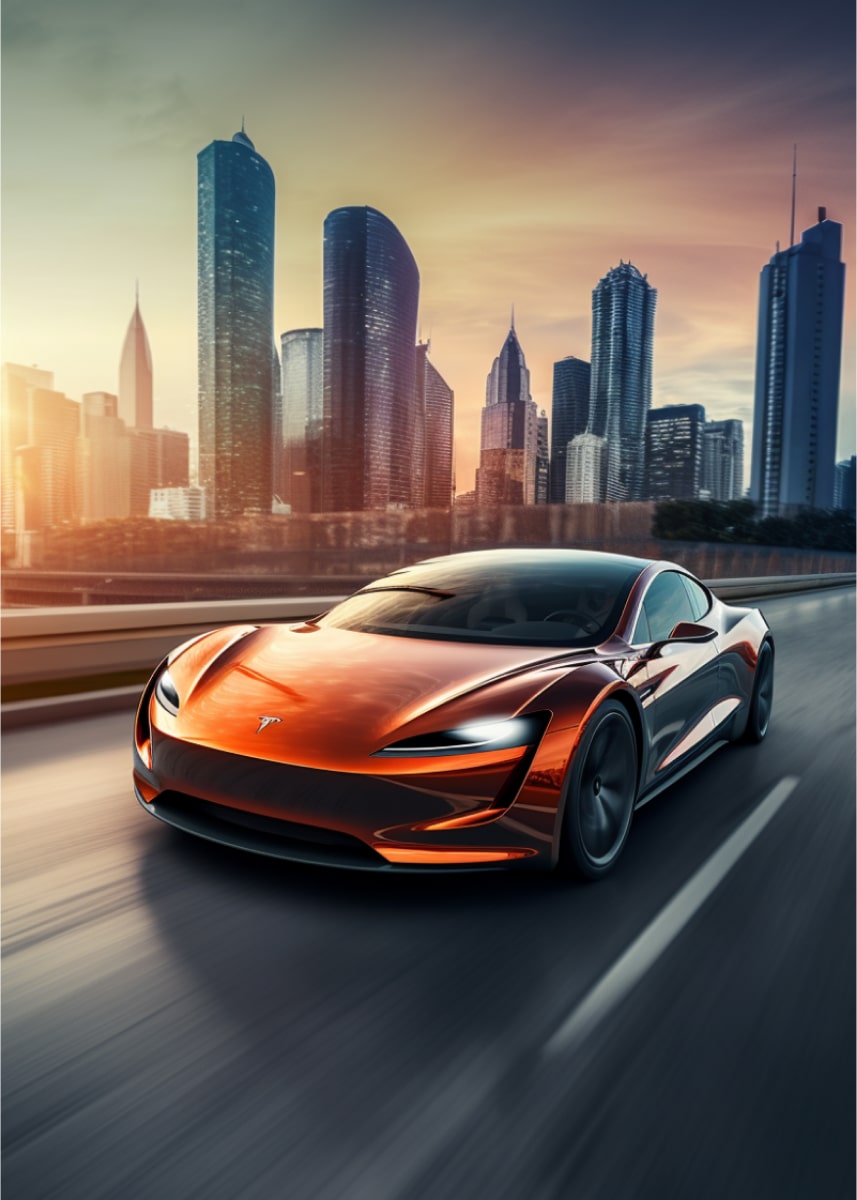Interconnections between Music, Psychoacoustics, and Transport
Interview with Acoustic Engineer, Sound Designer, and PR Director.
We want to understand why sounds are needed at all, what they consist of and why acoustic engineers, composers and sound designers are involved.
Our team has a whole department dedicated to the creation of sound compositions, and we decided to discuss important points with:
Grigory Romanenko (specialist in acoustics and vibration), Alexey Stepanyuk (sound designer), Alena Toropchina (PR director of THOR AVAS).
To begin with, silent electric vehicles help to actively reduce noise pollution on our streets, but pose a threat to pedestrians.
As of 2020/21, there are new international regulations requiring electric vehicles to make a sound at low speeds. Thus, creating a predicament for both marketing and research and development: what should the future of our roads sound like? How can we solve the security problem? How can we create sound that will improve the way people and vehicles find and interact on the streets of tomorrow's cities?
Now sound branding is actively gaining popularity.
Increasingly, large companies are resorting not only to the visual quality of their products and services, but are also interested in conveying brand information through sound. How it all started and why they are now so attentive to the sound in general.
The study of the sound quality of cars has been going on for many years, there are standardized sound metrics, tools and approaches have been developed to create characteristic exhaust sounds and interior sound environment for a particular vehicle model.
And for electric transport, a new requirement has appeared - the safety of external sound.
The emitted sound, in addition to the emotional component, must be functional, providing the pedestrian with enough information to avoid a collision (accident).
We know from experience that an annoying sound is much more audible than a pleasant sound. Therefore, I would like to find a certain balance and have objective metrics to characterize it.
Most electric vehicles make a futuristic whistling sound. Designers aren't necessarily intentionally trying to create a "sci-fi" sound - the physical and regulatory constraints they work within naturally end up producing the monotonous whistling sounds we associate with spaceships and flying saucers. It's amazing that the creators of science fiction basically figured out how a futuristic car would sound.
Acceptable frequency ranges, seamless looping and pitch bending, file lengths of less than 2 seconds, and the physical limitations of the vehicle's hardware are many limitations. Designers essentially have to choose one note for the car to play, as more complex compositions will sound strange as their pitch is distorted by the car's acceleration and "fading" caused by its body physics. Therefore, electric cars must have a sound warning system with certain characteristics. In the studied sound, it is sufficient to have two tones in order to meet the regulation requirements. But this sound is not interesting. Why do music composers replace the sound of engines in cars? - because automakers want to turn the AVAS tone into a marketing ploy.
In addition to marketing, there is another component - as security. And this point also needs to be taken into account. And this point must be expressed in a certain sense. It should be clear to a person that something is approaching or moving away.
That is why the development of the AVAS sound is much more difficult than it seems. The tone is twofold: on the one hand, it should alert pedestrians and cyclists to the presence of the car in order to mitigate the consequences of collisions. On the other hand, it should emit a pleasant tone that will attract people to the car and brand.
Finding tones and instruments that work was just the beginning of creating an AVAS tone. Sound must be active. For every kilometer per hour, the sound increases in pitch and speed by 1%, up to 30 km/h or 18.6 mph. Thus, pedestrians and cyclists receive an audible signal about what the car is doing.
Thus, AVAS carries information for the pedestrian about the distance, approach speed and maneuver. Despite the emergence of an increasing number of electronic collision avoidance systems, sound is the most effective means of warning pedestrians, it is heard at a considerable distance and for a sufficient time.
Then let's take a closer look at the example of our STELLAR sound package.
The sound pack (approx. Stellar) consists of 3 main "layers".
- Harmonic background. With the help of table-wave generators, the bass part of the sound is created. A soft yet dynamically pulsing bass emphasizes the fundamental tonic of the harmony. Also, with the help of synthesis, the base of the lining is created, built on the harmonious sound of various intervals in polyphony. The resulting substrate will have a specially created "drawdown" in the frequency ranges of 800Hz-1000Hz, as well as 1600Hz-2000Hz, to avoid frequency conflict with other layers and the sound of tires, which prevails in the range of 800Hz-1kHz.
- Layers of additional notification. Since as the speed of the vehicle increases, the level of noise generated by the tires also increases, we should not simply increase the volume of the background to ensure the proper level of visibility of the vehicle, as this will violate the rules of acoustic ecology regulations, as well as create discomfort for the driver. At speeds of 10 km/h and above, a layer of additional alert sounds comes into play, built on the basis of musical instruments with a short lifespan (plucked instruments or bells). The sounds of this layer are built in such a way that, without conflicting with the harmonic substrate, they sound in the most sensitive frequency ranges for human hearing. At speeds of 40 km/h and above, the volume of these layers fades away, as the noise of the car's tires at such speeds replaces the need for additional notification.
- Acceleration layer. The sounds of this layer serve as feedback for the driver during acceleration, and also act as an additional alert for pedestrians. The principle of construction is similar to point 2, however, non-musical sounds (approx. the sound of industrial fans or turbines) are used, looped in such a way as to create an acoustic illusion of infinite acceleration. The pitch and volume of sounds depends on the degree of pressing the accelerator pedal.
Scientific studies have shown that the announce metric shows a high degree of correlation with subjective measurements.

From the point of view of the balance of irritability and audibility, the sound with a subjective irritability index of about 25 turned out to be optimal. This value corresponds to the objective parameter 9 - the Zwicker irritability index. This index is a combination of loudness, sharpness, strength of fluctuations and roughness.
So, what are sounds for, what do they consist of, and why are acoustic engineers, composers and sound designers involved?
We wanted to show you that when designing sound for electric vehicles, it is important to find a balance between its interesting sound, important for branding, its safety, so that it is heard and recognized as a vehicle by pedestrians in sufficient distance and time, and its environmental friendliness - in order to so that it does not create noise pollution.
To do this, when creating a sound package, we use combinations of musical and non-musical layers to imitate the transport of the "future", conduct an objective assessment of its pleasantness and audibility using sound metrics based on the psychoacoustic principles of hearing, and finally, we conduct a subjective assessment in conditions cities, in order to be sure that our sound is harmonious for its listeners and safe for all road users.





